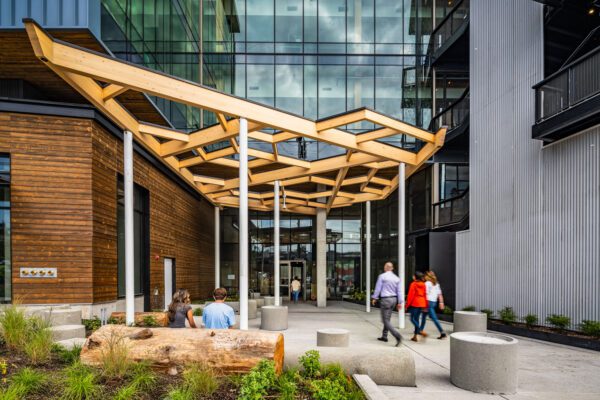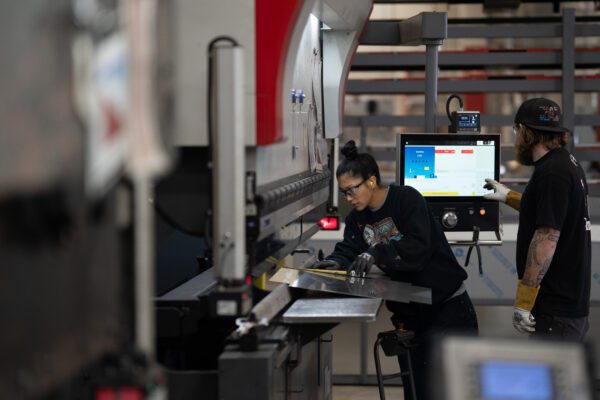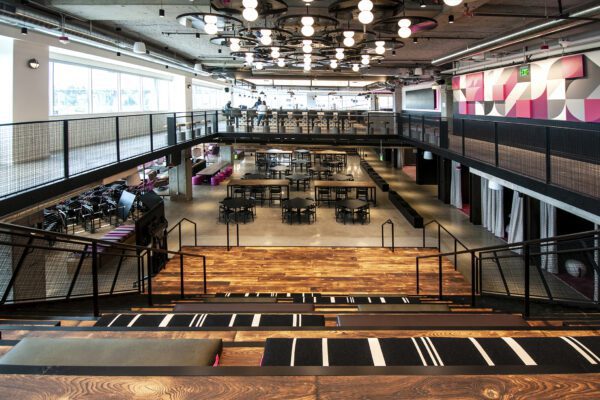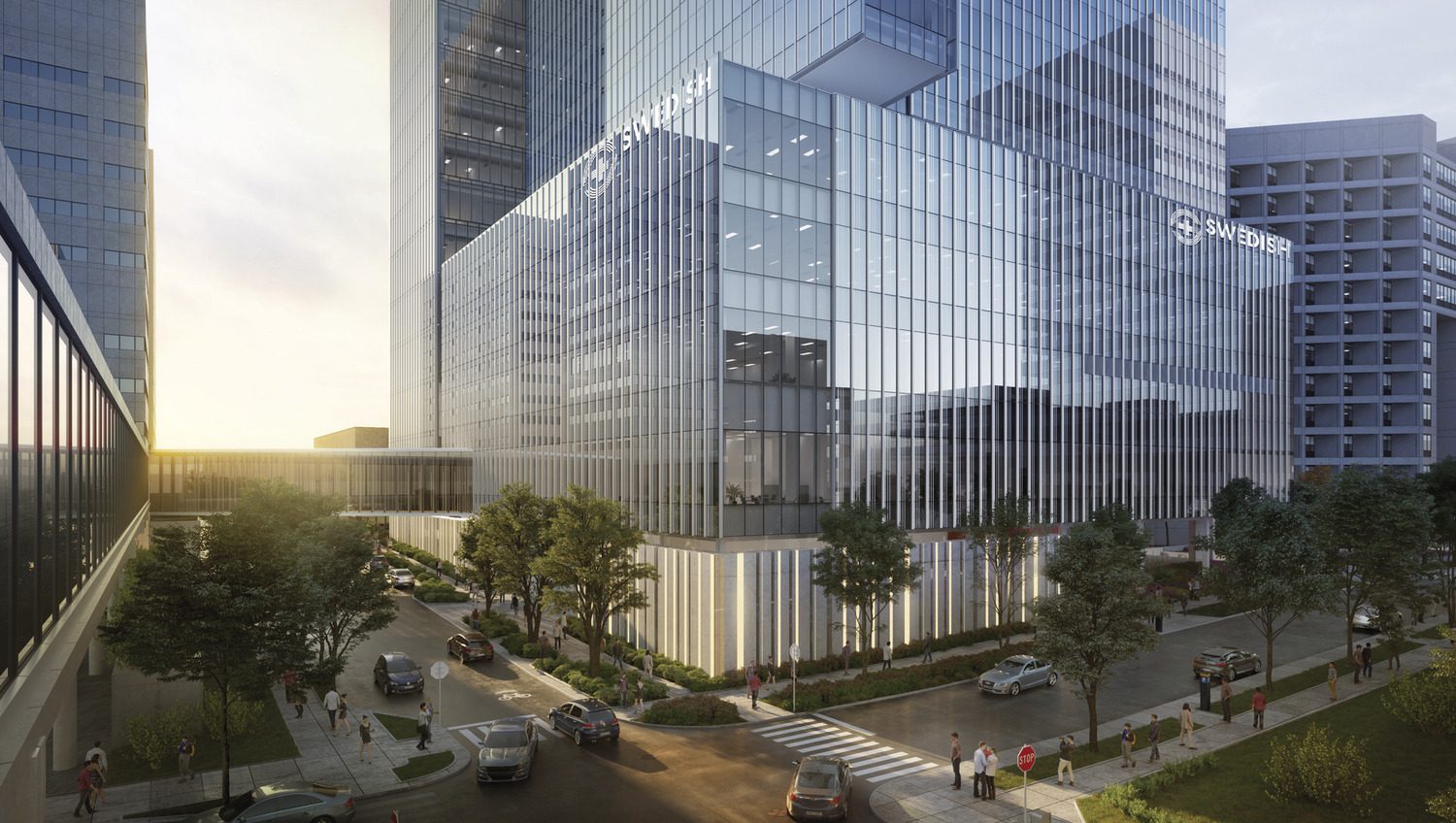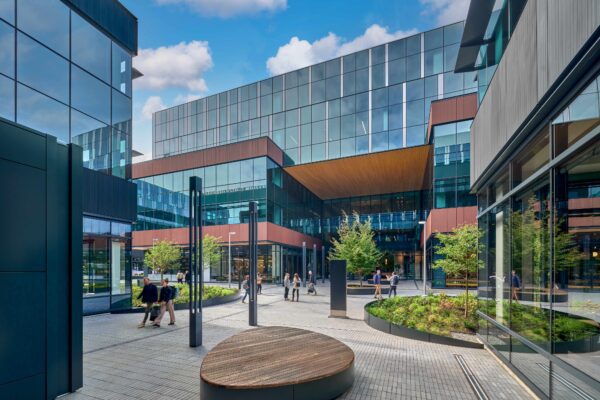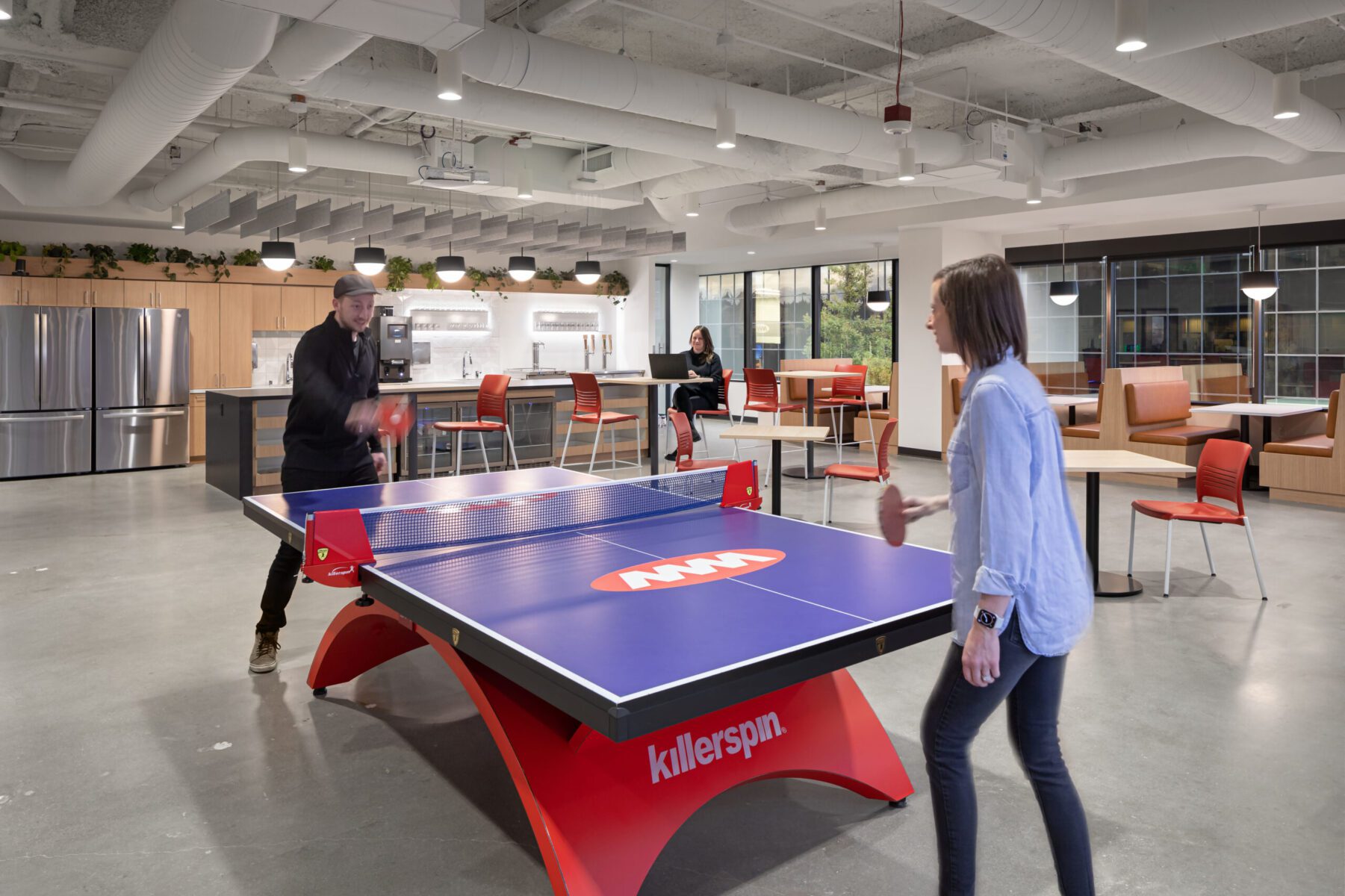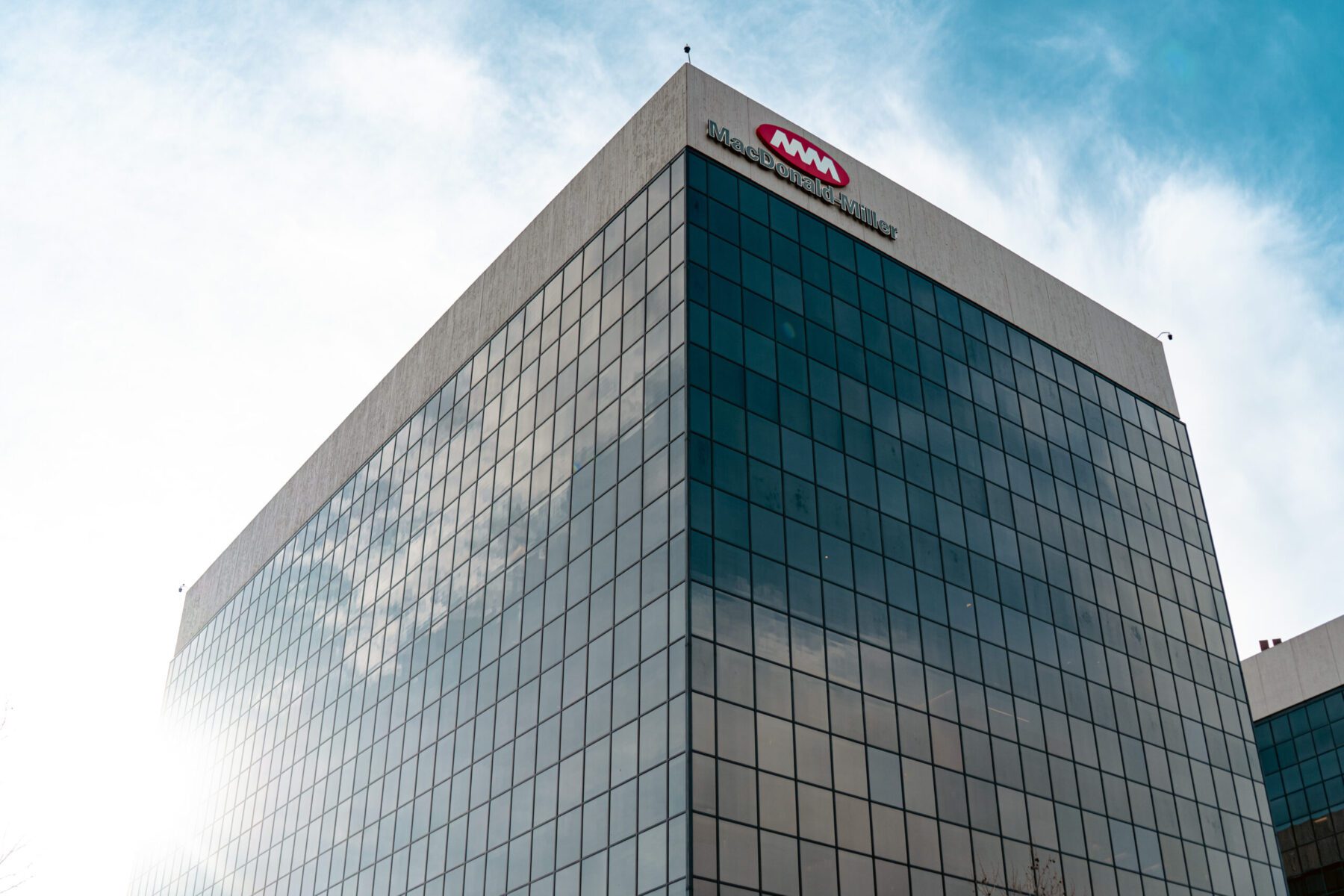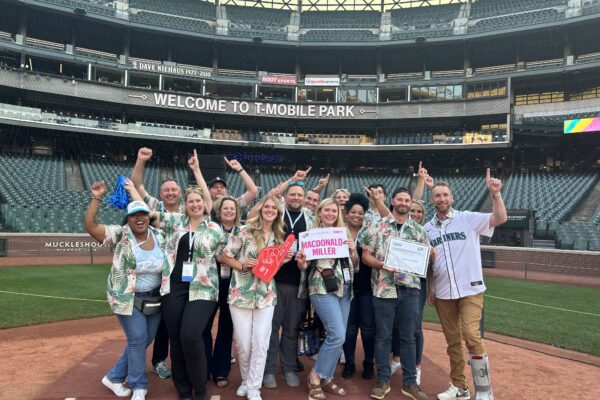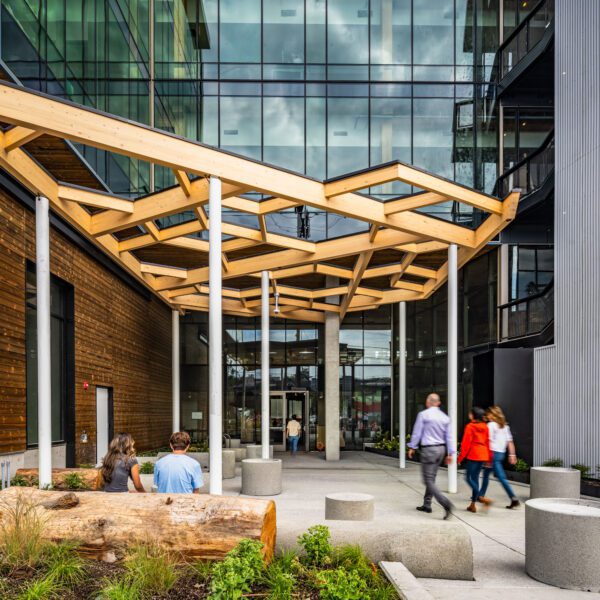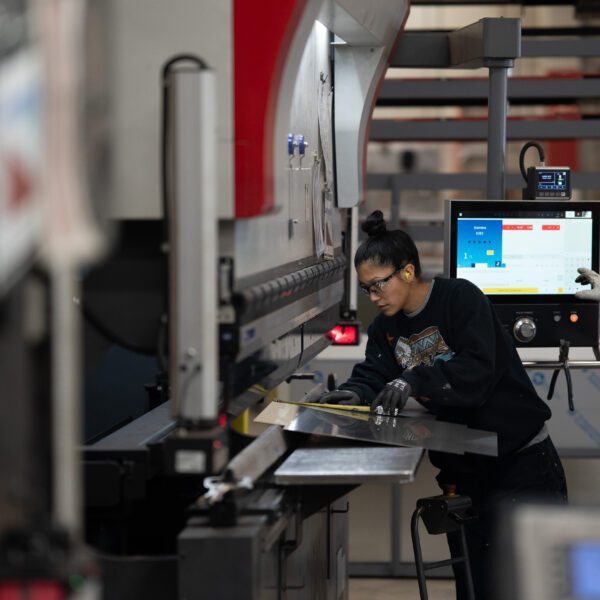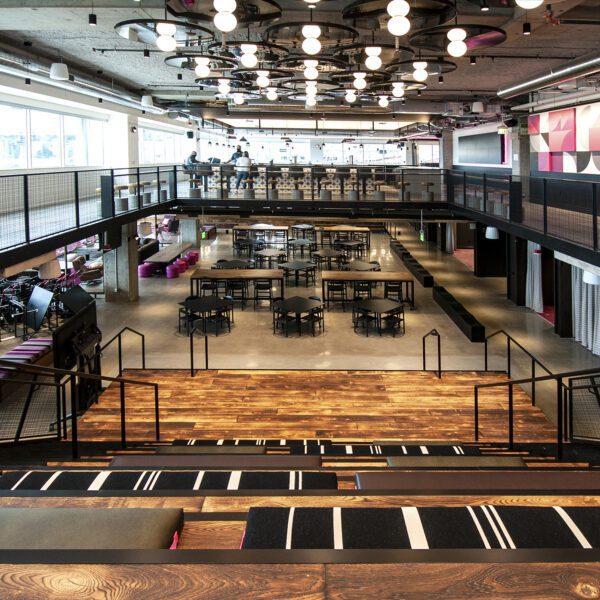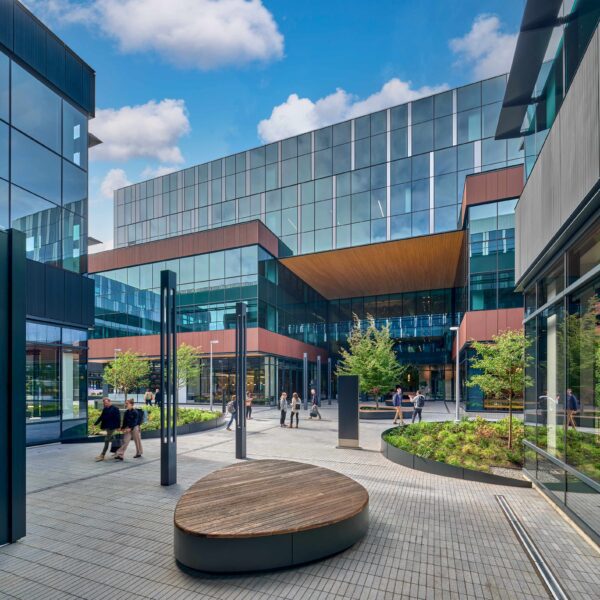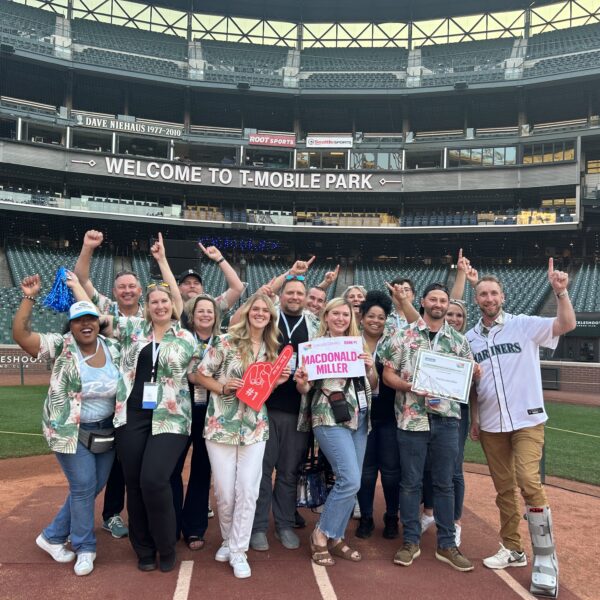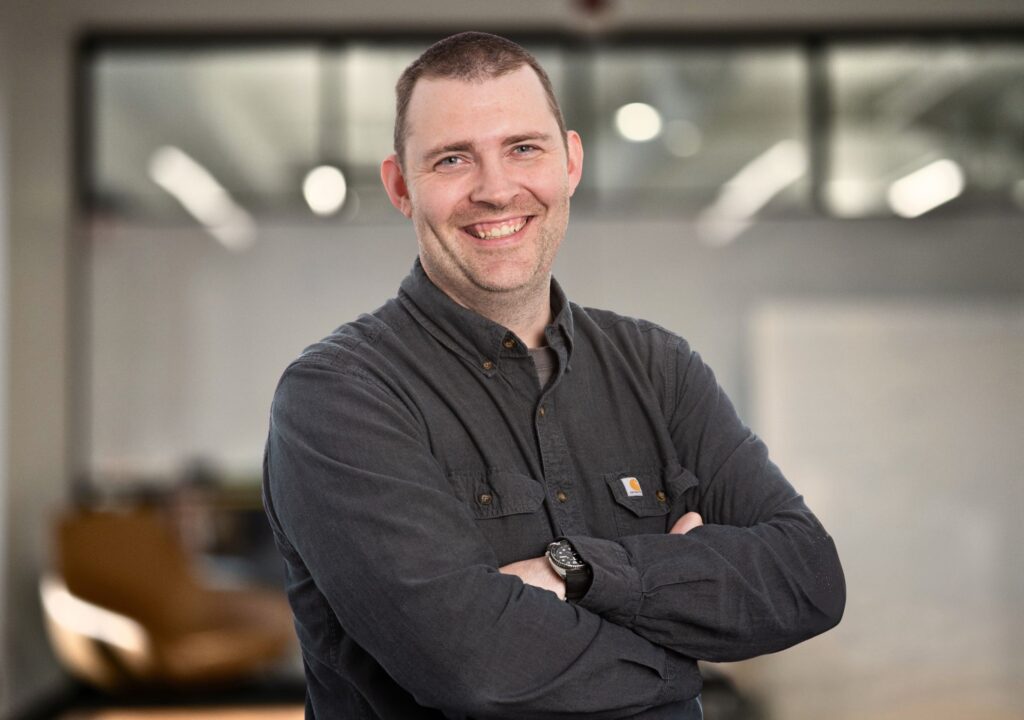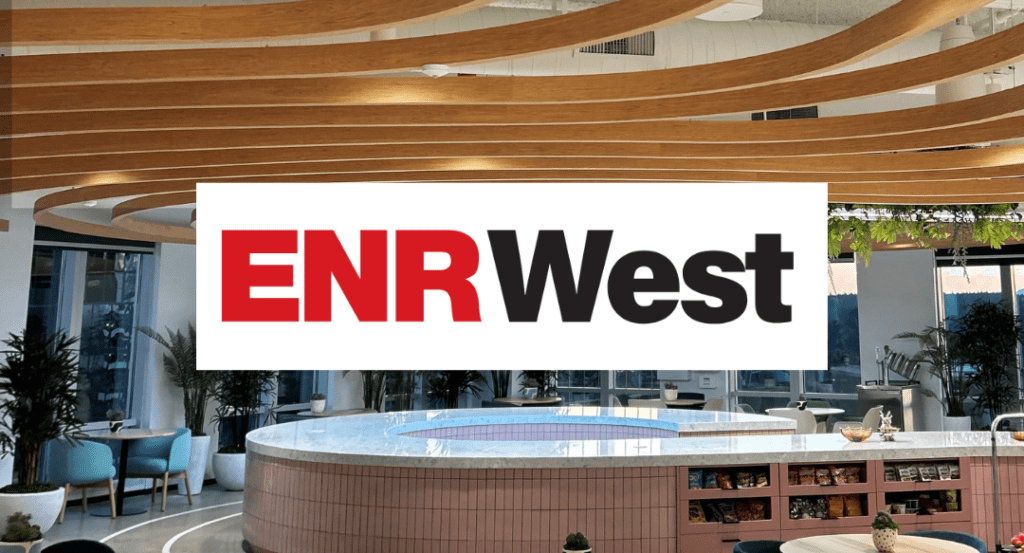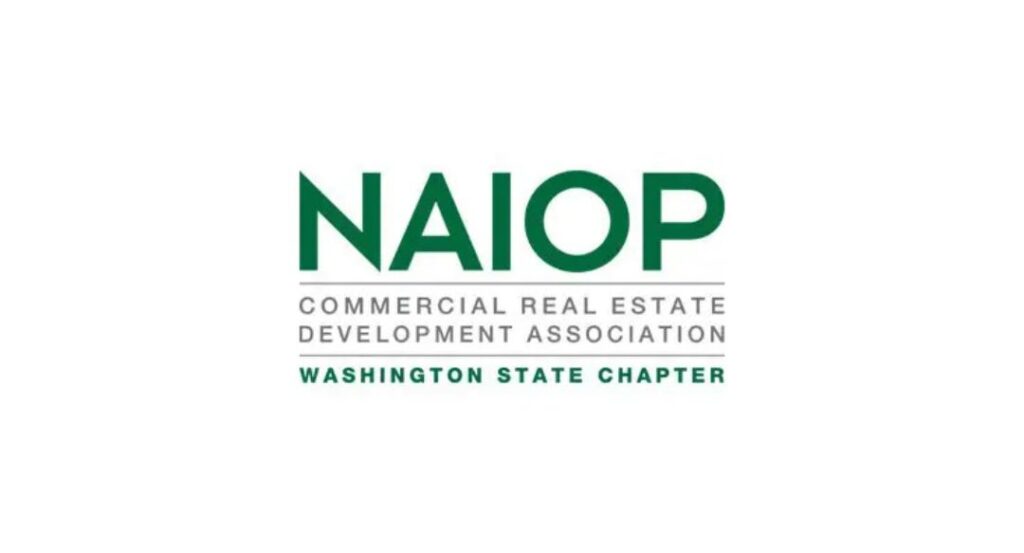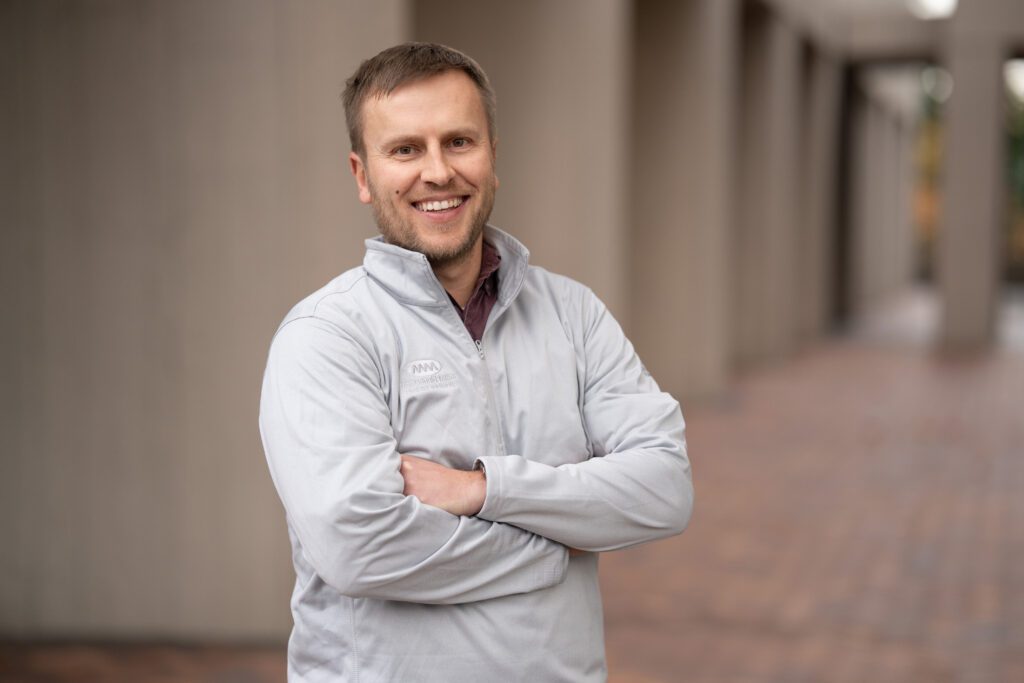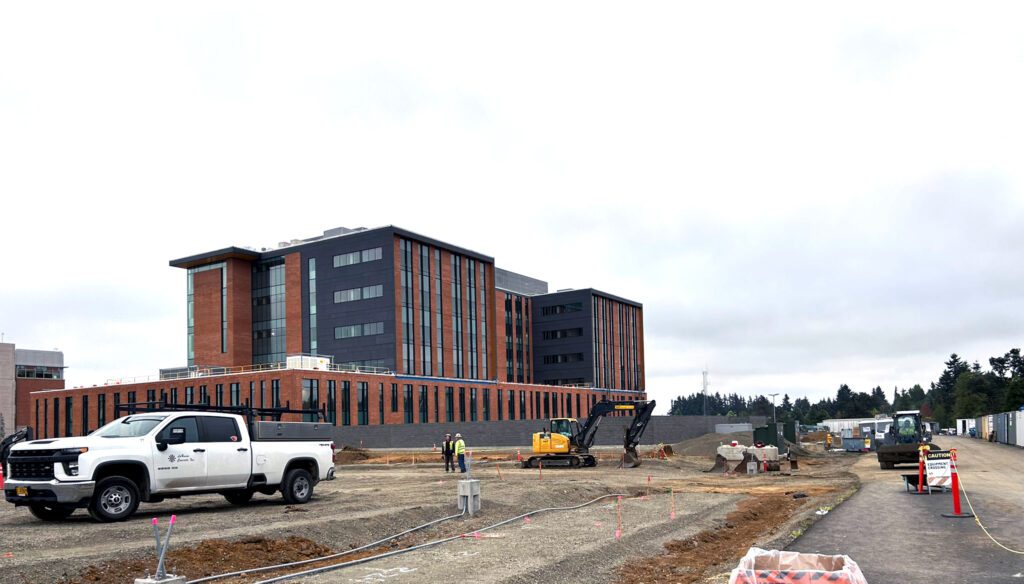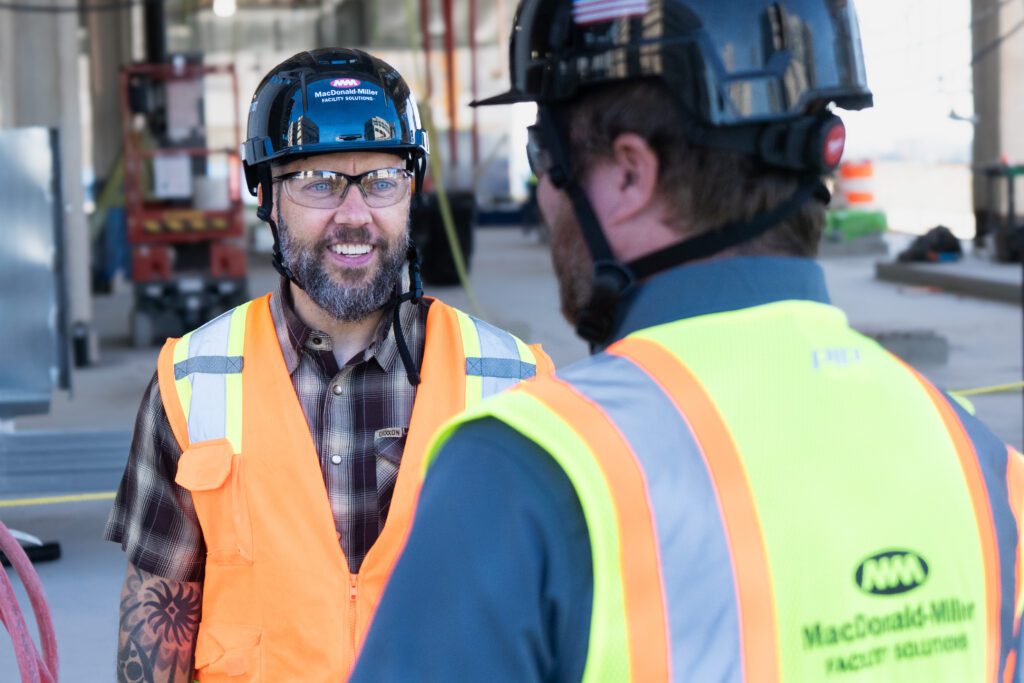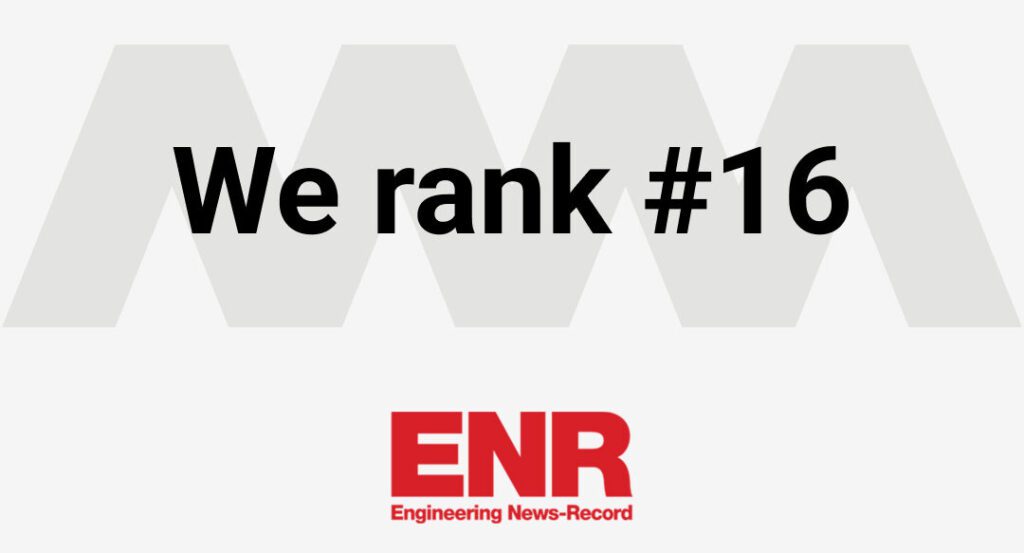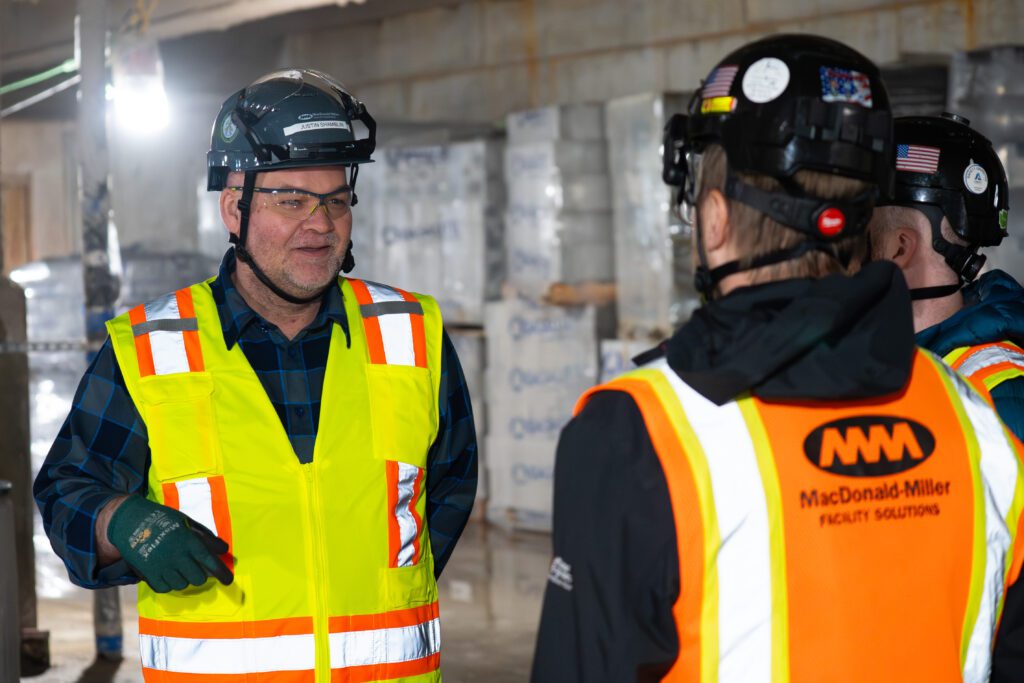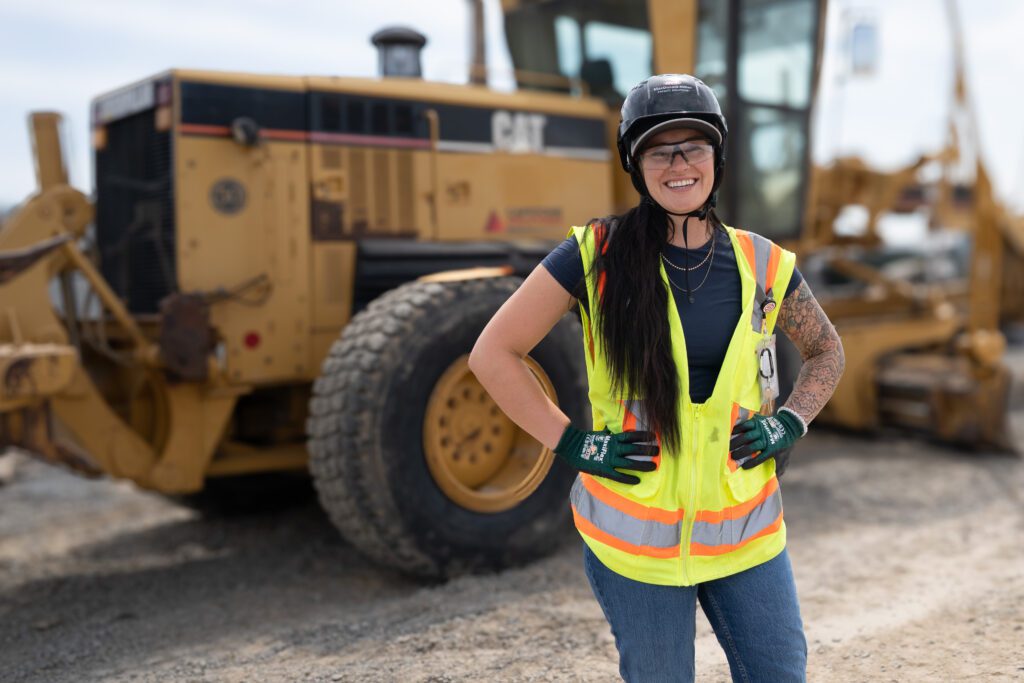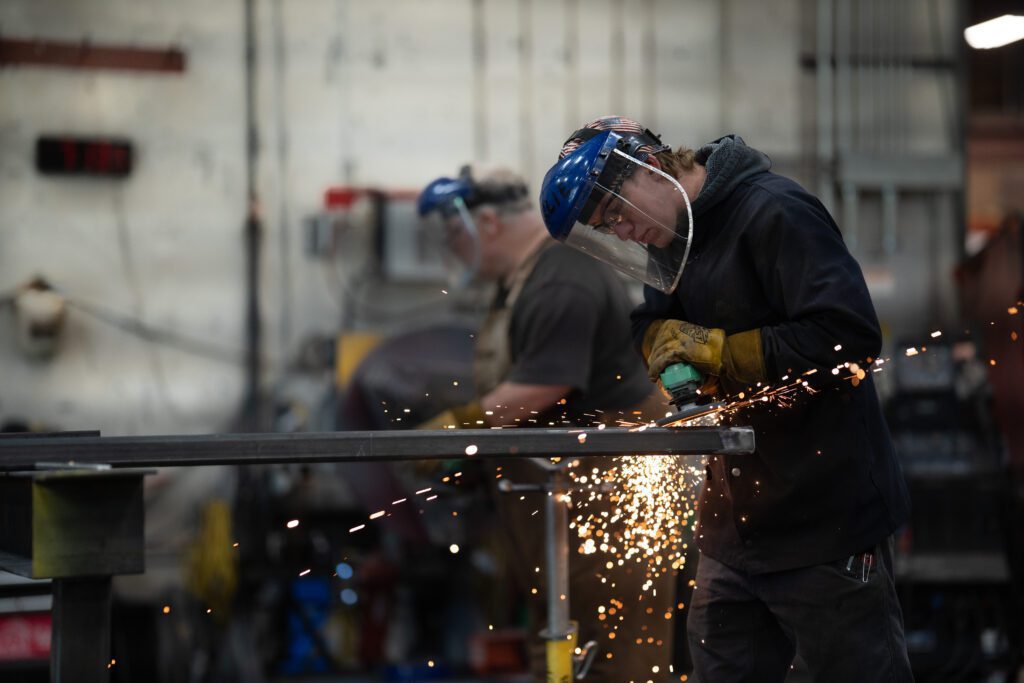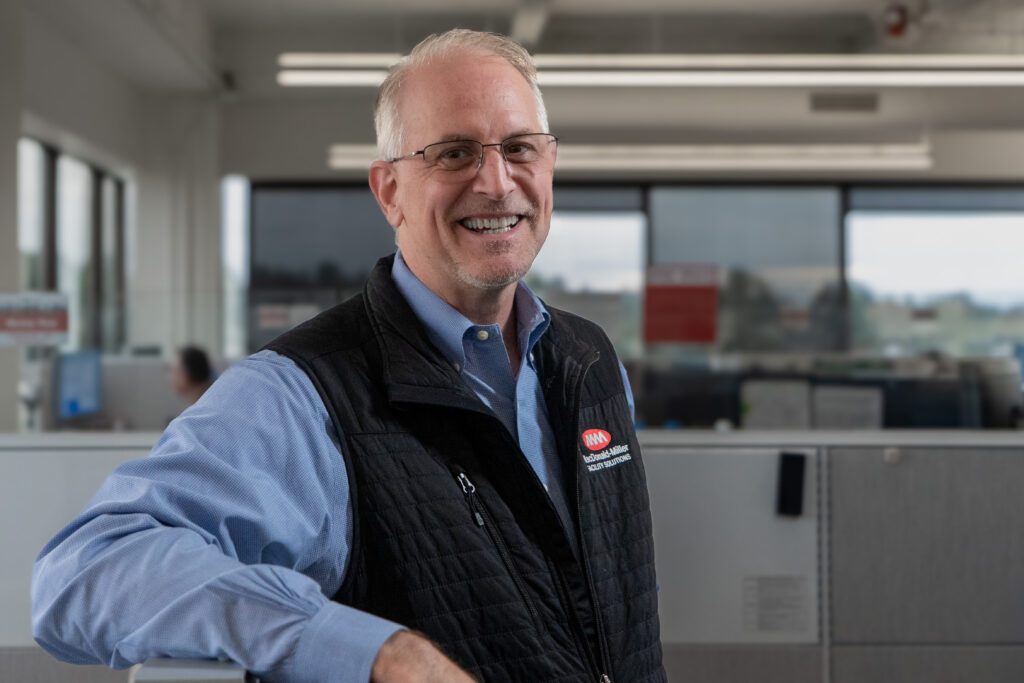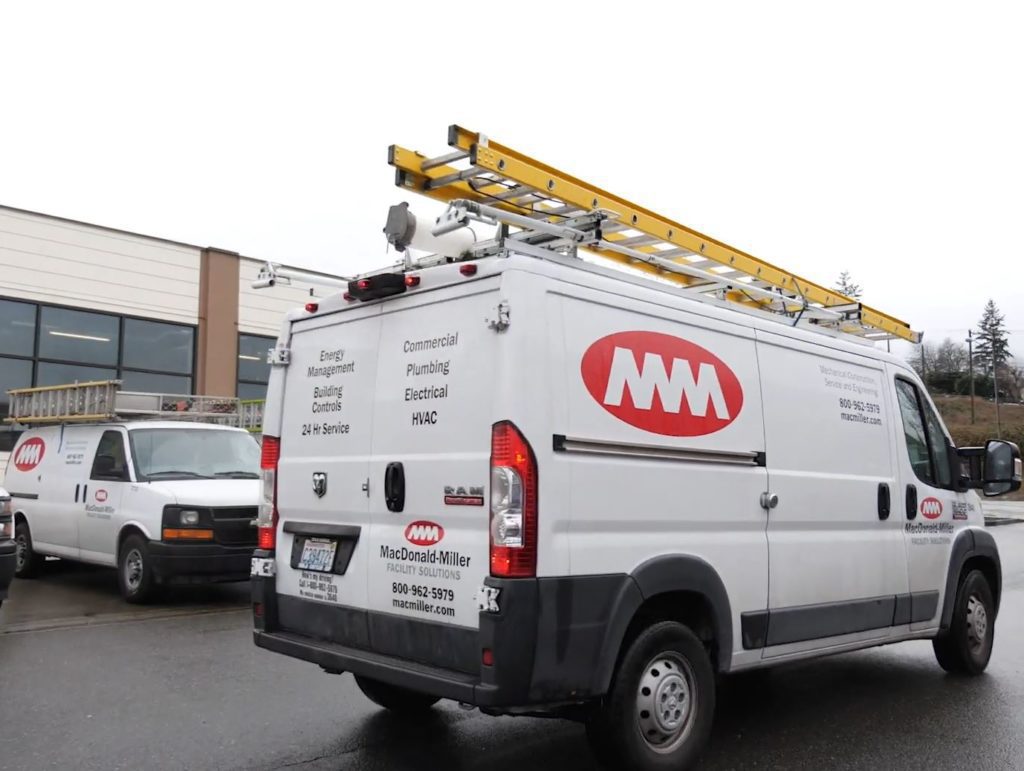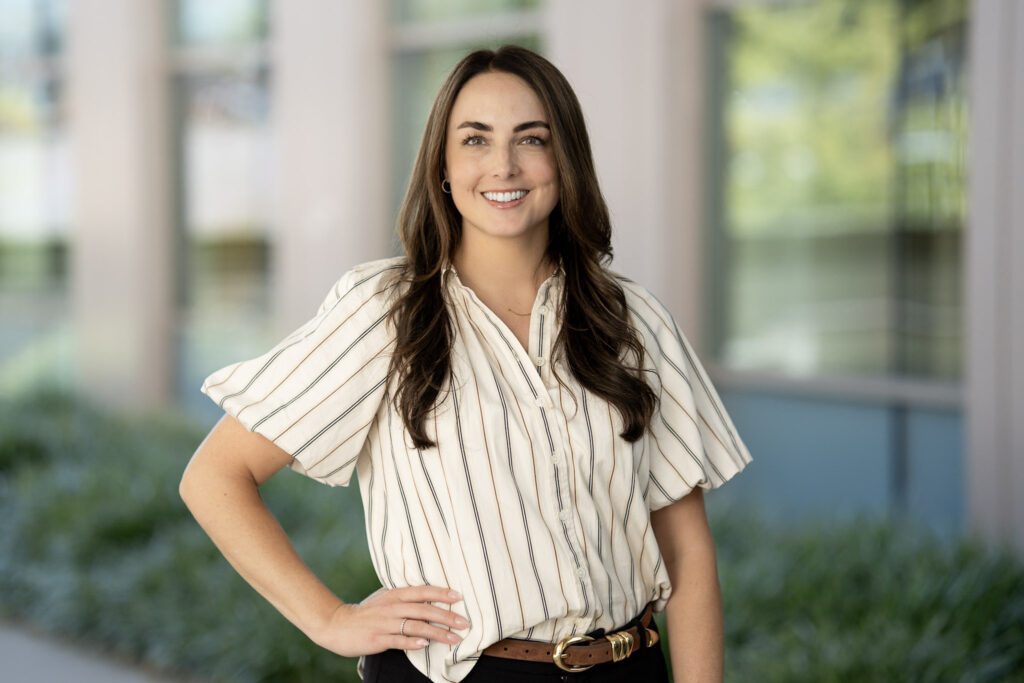Q: You’ve been with MacDonald-Miller for 20 years. What is so special about MMFS that has kept you here for two decades?
Hands down, it’s the people. We take pride in our work and we have fun. We’re real with each other and we build real relationships. It’s that atmosphere, where everyone wants to work together to find the best solution without feeling boxed in, that makes this place special.
A cool way we build those relationships which, I think is unique, is our rotation program. It’s a significant commitment because it requires a lot of trust and coordination between business partners but, we move project managers, engineers, and estimators through each of the three departments to share expertise and build connections.
I was part of that program early on. Not only does it provide a cross-sectional view of the company, but it also builds the strong long-term personal relationships that transcend departments. These relationships are critical for collaboration. It’s invaluable. When someone from estimating needs to ask a question about engineering, they’re not walking up to a random desk— they’re going to talk to a friend.
Q: For those unfamiliar, how do you explain what estimating is?
At its core, estimating is about counting the materials and equipment shown on the drawings and then applying labor hours and costs to each item to get a project budget number. But the real art, the ‘special sauce’ my team brings is the ability to tell a story with that number.
Simply giving a client a final price doesn’t build confidence or accountability. We have to be expert storytellers who can walk a client through how we arrived at their number, what assumptions we made, and how their decisions impact the budget.
An estimate is really a preliminary plan, and our job is to articulate that plan to get buy-in from all stakeholders, including the owner, engineer, and general contractor. This process builds the trust and relationships that are foundational to a successful project.
Q: You mentioned that an estimate is a plan. How does your team add value during this planning process, especially before a design is even finalized?
Fair question. (Laughs) Pretty much anyone can estimate a project when they are given a nice complete set of drawings. MacDonald-Miller specializes in design-build projects, where we’re brought on board long before the design is complete, this is where the challenge as estimators comes in and where our team of professionals gets to showcase their unique talent.
At all stages – and certainly early on, estimating is fundamentally about risk management. A client will come to us with a general concept and ask, “What will this cost?”. My team develops a budget based on historical data from similar projects and collaborating with other internal experts.
As the design progresses from the schematic design (SD) to the design development (DD) and finally to the construction documents (CD), we update the estimate at each stage. Our goal is to maintain budget stability from start to finish and provide the framework what is known as cost certainty.
For instance, on our Northeast 8th office project, we were within roughly 0.7% variance from the first budget to final CD contract. It was incredible. Anything within a couple percentage is world class. It’s exciting to be that accurate for a customer so they know that what we promise upfront is what they can afford in the end.
Q: What makes estimating for critical environments like healthcare facilities unique?
Healthcare projects are incredibly dense and intense. You’re packing a massive number of complex systems like medical gases, exhaust, isolation rooms, and extensive life safety systems into a small space. The ‘how’ you install something can be as, if not more, important to the budget than the ‘what’ you’re installing.
Our value comes from knowing how these buildings are built. We have extensive historical data we can use to guide the project, sometimes even challenging a design direction if it deviates from what has proven successful on past jobs. We can act as gatekeepers for risk management, flagging potential issues early to keep the project on track.
We also use tools like 3D models with QR codes that allow clients and partners to scan with their phones and see our assumptions visually. This sparks collaborative conversations and ensures everyone is on the same page, which again, is all about building confidence and cost certainty. It may be a cliche’ but a picture truly is worth a thousand words when it comes to encouraging collaboration and team buy-in.
Q: On a personal note, what does that mean to you to have worked on so many iconic PNW projects?
It’s an awesome feeling. My son is a budding engineer, and when we drive through Seattle, he’ll point to buildings and ask if I’ve worked on them. I can pretty much just tell him to point at any major building, and I’ve been involved in it.
It’s cool to have this sense of pride, knowing I’ve made a difference for the company and our greater PNW community and can look at these huge, complex buildings and understand how they work.
